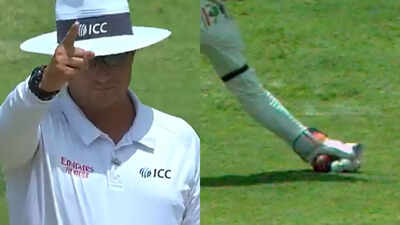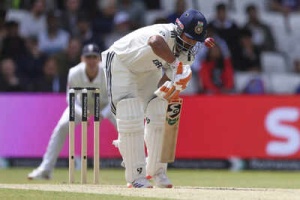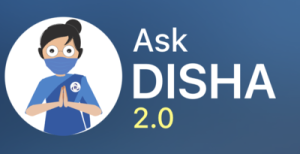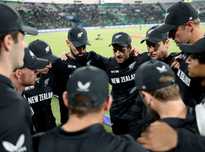Bridgetown, Barbados – The first Test between the West Indies and Australia at Kensington Oval has been marred by a series of controversial decisions made by the third umpire, Adrian Holdstock. Over two days, three key calls have become major talking points, impacting both teams significantly.
With Australia at 92/4 in their second innings on Day 2, leading by a mere 82 runs, the West Indies had gained a slight advantage. However, the umpiring decisions have cast a shadow over the on-field action. Australia were earlier dismissed for 180, with the West Indies responding with 190. Travis Head and Beau Webster are currently at the crease for Australia.

A controversial umpiring decision is reviewed during the West Indies vs Australia Test match.
The first incident occurred on Day 1 when Travis Head was given not out, despite replays suggesting the ball was caught cleanly by the wicketkeeper off Shamar Joseph's bowling. The third umpire deemed the evidence inconclusive.
A second questionable decision followed in the first over of Day 2. Roston Chase survived an LBW appeal off Josh Hazlewood. Despite a visible spike on the UltraEdge technology before the ball made contact with the bat, the benefit of the doubt was given to Chase.
Chase eventually scored 44 before falling to another disputed decision. He was adjudged LBW to Pat Cummins, a call he reviewed. Despite a visible deviation of the ball near the bat, the original verdict was upheld.
Ian Bishop commented during the broadcast, "I disagree with the decision, I disagree with the technology. I thought he hit that, but somehow, it's worked against Roston Chase."
Another controversial moment arose when Shai Hope was given out caught behind by Alex Carey, even though replays suggested the ball might have touched the ground during the catch.
Australia now faces the challenge of establishing a solid partnership on Day 3 to regain control of the match amid the ongoing controversy surrounding the umpiring.
Newer articles
Older articles
 Hetmyer's Heroics: Orcas Stun MI New York with Last-Ball Six in Record-Breaking MLC Chase
Hetmyer's Heroics: Orcas Stun MI New York with Last-Ball Six in Record-Breaking MLC Chase
 Android Users Face Critical Security Risks: Update Your Devices Now, Warns Government Agency
Android Users Face Critical Security Risks: Update Your Devices Now, Warns Government Agency
 Greg Chappell Hails Rishabh Pant's "Revolutionary" Batting, Likens Him to Gilchrist
Greg Chappell Hails Rishabh Pant's "Revolutionary" Batting, Likens Him to Gilchrist
 Dog-Sized Dinosaur Fossil Unearths New Insights into Prehistoric Life Alongside Giants
Dog-Sized Dinosaur Fossil Unearths New Insights into Prehistoric Life Alongside Giants
 West Indies Captain Chase Slams Umpiring After Test Loss, Demands Accountability
West Indies Captain Chase Slams Umpiring After Test Loss, Demands Accountability
 IRCTC's AI Chatbot, AskDisha 2.0, Streamlines Train Ticket Booking, Refunds & Information
IRCTC's AI Chatbot, AskDisha 2.0, Streamlines Train Ticket Booking, Refunds & Information
 Freestyle Chess India Event Scrapped Due to Sponsorship Issues; Carlsen Absence Confirmed
Freestyle Chess India Event Scrapped Due to Sponsorship Issues; Carlsen Absence Confirmed
 Moto G54 Gets Significant Price Drop in India: Check Out the New Affordable Price Tag
Moto G54 Gets Significant Price Drop in India: Check Out the New Affordable Price Tag
 New Zealand Cricket Announces Packed 2025-26 Home Schedule Featuring Australia, England, West Indies & South Africa
New Zealand Cricket Announces Packed 2025-26 Home Schedule Featuring Australia, England, West Indies & South Africa
 Converting JPG to PDF: A Comprehensive Guide for Preserving Image Quality and Ensuring Accessibility
Converting JPG to PDF: A Comprehensive Guide for Preserving Image Quality and Ensuring Accessibility